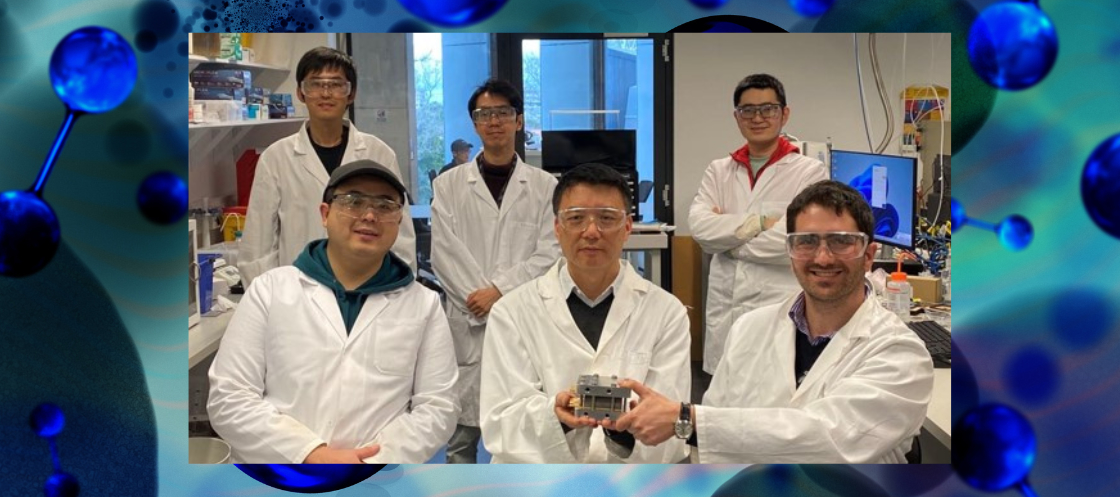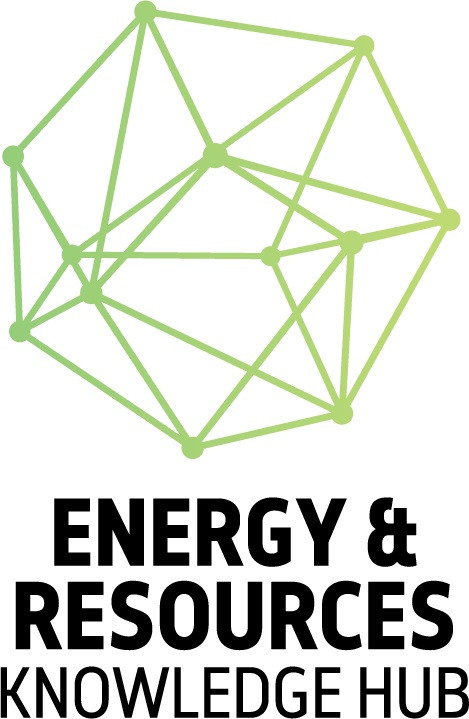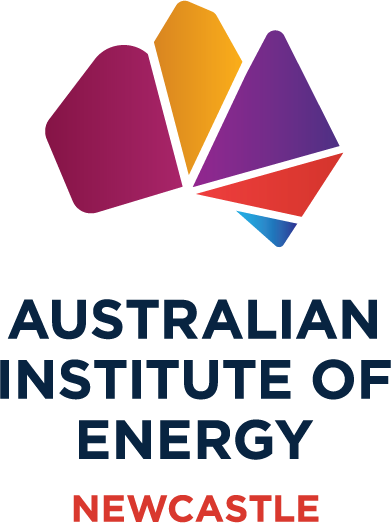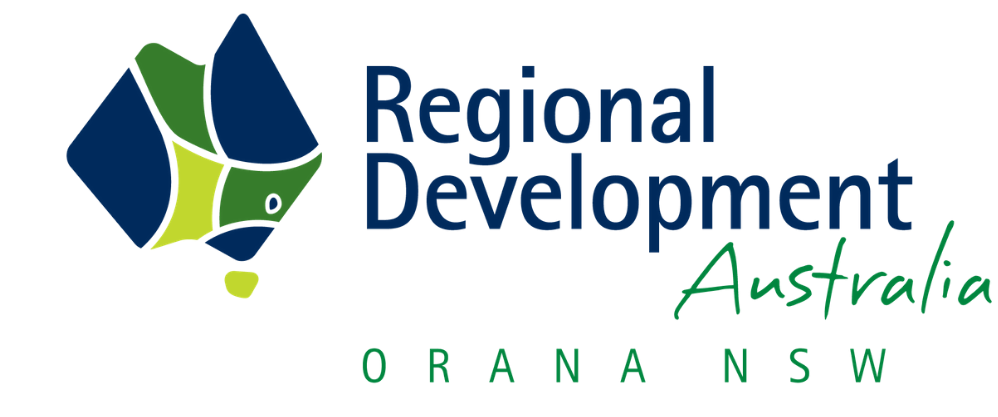UNSW researchers develop technique to analyse stability of hydrogen fuel cell when using platinum alternatives
The researchers, led by Professor Chuan Zhao, are dedicated to identifying and scaling up the production of viable low-cost, platinum-free hydrogen fuel cell catalysts.

Scientists at the University of New South Wales (UNSW) Sydney led by Professor Chuan Zhao, Dr. Quentin Meyer, and Mr. Shiyang Liu from the School of Chemistry, are focussing on the cost-effectiveness of hydrogen fuel cells, which have long been hailed as a promising solution in the journey toward a decarbonized world.
Hydrogen fuel cells offer a way to harness the power of chemical reactions to generate electricity and water from hydrogen. Dr. Meyer explains, "Essentially you have two sides – an anode and a cathode. You put hydrogen on one side (the anode) and oxygen on the other (the cathode), and catalysts that make the two reactions happen." This process eliminates the need for recharging, as hydrogen fuel cells can be refueled with a hydrogen pump in just three minutes, making them an attractive alternative to traditional batteries.
Despite their immense potential, hydrogen fuel cells have faced barriers to widespread adoption due to factors like the high cost and limited availability of certain materials, notably platinum, commonly used as a catalyst in the process.
"Platinum is always going to be expensive because there isn't a lot out there," states Prof. Zhao. "So, we need to explore alternatives, whilst also providing a quick and easy way to measure how well these new materials are working in hydrogen fuel cells."
In a recent breakthrough study published in Energy & Environmental Science, Prof. Zhao and his team introduced an innovative method to assess the durability and stability of platinum alternatives. This development offers crucial insights into cost-effective options for hydrogen fuel cells, potentially transforming the landscape of clean energy.
Mr. Liu emphasizes the significance of finding alternatives to platinum, citing iron as a promising option. "One approach is to use platinum alternatives, such as iron, which only costs around $AUD 0.1 per Kilo. A particularly promising material is Iron-nitrogen-carbon, also known as Fe-N-C." However, these alternatives, including Fe-N-C, face challenges such as stability issues and faster degradation in hydrogen fuel cells compared to platinum.
Dr. Meyer explains, "While platinum-based fuel cells can last up to 40,000 hours (about 4 and a half years), the iron-nitrogen-carbon materials can only run up to 300 hours (about 2 weeks) in a best-case scenario." Overcoming these limitations is essential for the commercial viability of hydrogen fuel cells.
One of the team's most significant contributions lies in their development of a method to analyze the stability of catalyst materials. Prof. Zhao and Dr. Meyer believe this breakthrough could open doors to more stable and efficient catalyst options.
"Using three novel methods that we tested in the lab, we can quickly figure out how stable our platinum-free fuel cell is and most importantly understand why," says Prof. Zhao. This advancement allows researchers to gain quick and accurate insights into the performance of their fuel cells and catalysts, ultimately aiding the development of more stable alternatives.
By delving into the root causes of degradation, the team has pinpointed that a substantial portion of iron-based active sites become inactive within the first 10 hours of operation. This is attributed to the loss of iron active sites, followed by carbon corrosion becoming the predominant degradation mechanism.
Dr. Meyer notes, "By allowing precise tracking of the degradation mechanisms, we expect that the research field will be able to make new materials targeting these stability issues."
Looking ahead, the UNSW Sydney team has ambitious plans to further enhance catalyst stability by combining different metals. Prof. Zhao explains, "We are developing a catalyst where we're combining different metals to increase the stability of the catalysts."
This step, coupled with their innovative testing methods, promises exciting results in the ongoing quest for more efficient and affordable hydrogen fuel cells.
Their ultimate goal is to transition these innovations from the laboratory to practical applications that power real devices and, eventually, contribute to powering transportation on our roads.
The research conducted by the UNSW Sydney team signifies a significant leap forward in the realm of hydrogen fuel cell technology. Their dedication to overcoming barriers and their pioneering approach to catalyst stability could play a pivotal role in ushering in a cleaner and more sustainable energy future.
As Prof. Zhao summarizes, "We believe our approach will help improve the stability of platinum-free catalysts and give this field a brighter future."












